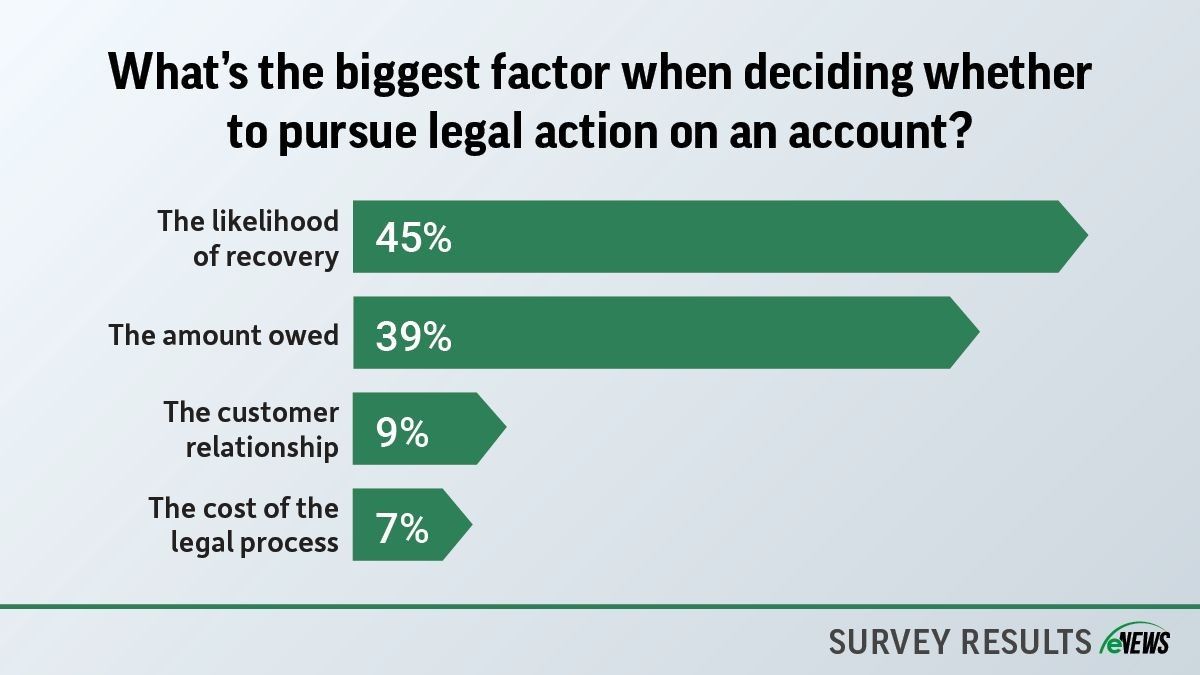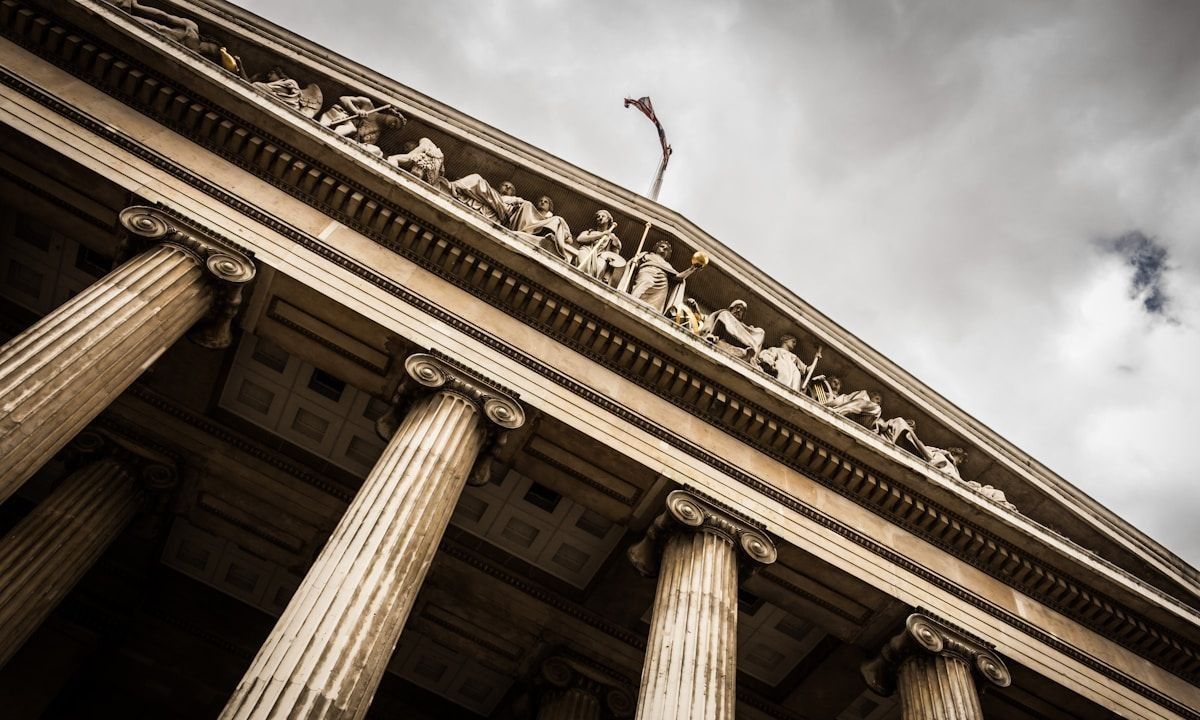Economy, eNews
When bankruptcy comes calling: A creditor’s guide

Commercial Chapter 11 bankruptcy filings increased 20% year-over-year in March 2025. “The 20% rise in commercial Chapter 11 filings to 733, up from 611 last year, signals persistent economic pressure, mirrored by a 10% increase in total commercial filings to 2,727,” said Michael Hunter, Vice President of Epiq AACER.
Economic challenges contributing to this surge include new tariffs and trade instability, which are disrupting supply chains and increasing costs for businesses. High interest rates, which remain at 25-year highs, have businesses overleveraged and struggling to service debt. “Unless a company has the wherewithal to refinance the debt or pay it off, their ability to stay in business could be at risk, and this might be reflected as a going concern qualification in their financial statements,” said Bruce Nathan, Esq., partner at Lowenstein Sandler LLP (New York, NY). “In addition, many companies are facing major debt coming due in 2025 and 2026 and can’t refinance.”
Banks are also tightening lending standards, offering fewer loans with stricter terms for businesses. Industry-specific stressors are also affecting businesses, particularly in the commercial real estate and healthcare sectors.
Why it matters: As bankruptcies rise, credit managers must stay proactive. To help you prepare for a customer filing for bankruptcy, we’ve created a practical checklist to guide you through the process.
Step #1: Verify for accuracy
The moment you hear of a bankruptcy filing, find out if the information is true and accurate or simply a rumor. Verification is vital as there are strict legal consequences for attempting to collect a debt if a bankruptcy has been filed. Electronic access services, such as Public Access to Court Electronic Records (PACER), allow you to get case information directly from bankruptcy courts. To verify the bankruptcy further, do a quick Google search. Oftentimes, the company will put a statement on their website about reorganizing their business.
If you find that the rumors aren’t true, determine where the basis of the rumor came from. It helps to reach out to other vendors or industry trade groups who may give you more intel on the situation. “I run it by my sales team to see what they’re hearing and discuss it further with upper management,” said Lee Tompkins, RGCP, director of credit and collections at MPW Industrial Services, Inc. (Hebron, OH). “After we’ve verified it, we work with our legal team or on our own to create a hard copy file of any notices or documents to keep everything in one place.”
Step #2: Gather documentation
Start by organizing all your invoices and records related to the amounts owed by the debtor. This is critical for filing your proof of claim. Keep thorough records, including payment information, purchase orders, invoices and account statements. “If you are seeking to assert an administrative priority claim for goods delivered to the debtor within the 20 days preceding the petition date, ensure that you have the delivery receipts to support your claim,” said Chelsea Frankel, associate at Lowenstein Sandler LLP (New York, NY). “Maintain record of your contracts with debtors and review any notice of potential assumption or assignment to see if your contract is included.”
If you’re a supplier of goods, check the local rules and any orders in the bankruptcy case that permit or require the filing of Priority Administrative Claims or 503(b)(9), which elevates all or a portion of the goods supplied to the debtor within 20 days prior to the bankruptcy filing from a low-priority general unsecured claim to a higher-priority administrative claim. The goods must be sold in the ordinary course of business.
Once you’ve gathered the essential documents, send them to a Bankruptcy Commercial Services Manager, who oversees the process of businesses going through bankruptcy. They focus on ensuring smooth and compliant operations, particularly for businesses in distress.
Step #3: Review your records
Check if you received any payments from the debtor within 90 days before the bankruptcy filing. These may be subject to clawback—a process that allows a bankruptcy trustee to recover funds paid out shortly before filing, known as preference payments.
Preference and fraudulent transfer claims are common in bankruptcy cases and are designed to prevent a debtor from favoring certain creditors or improperly transferring assets. If you’re facing a preference claim, you may be able to defend it using one of the following:
- Ordinary course of business: This defense considers the debtor’s historical payment patterns prior to the 90-day window to determine if the payments were typical.
- New value defense: If you extended additional credit or delivered goods after receiving a potentially preferential payment, this can offset the amount subject to clawback.
Step #4 File a proof of claim
Proof of claim (POC) is a written statement notifying the court that a creditor is owed pre-petition debt. It notifies the bankruptcy court, the debtor, the trustee and other interested parties that the creditor wishes to assert its right to receive a distribution (payout) from the bankruptcy estate. In most Chapter 7 and Chapter 13 bankruptcy cases where there are assets to distribute, creditors must file a proof of claim to get paid.
Make sure that you file your claim before the bar date and include all supporting documentation. The bar date will be given in a bar date notice—the deadline to submit your proof of claim. “Depending on the district, this will come at different times,” Frankel said. “If you have questions about getting your proof of claim filed, contact bankruptcy counsel, or if one is appointed, the claims agent.”
Step #5: Monitor court filings
Be cautious and monitor all filings and due dates. Late or misfiled paperwork can cost you the entire amount of your claim. Most mid-to-large bankruptcies involve a claims agent who hosts case dockets and filings online. If you’re able, sign up for alerts from the claims agent or use PACER. Register for a PACER account to view federal court records. Case information is available through PACER 24 hours a day, including weekends and holidays. Each court maintains its own case information. Most proceedings take months and sometimes years to unwind. Use this time to read up on bankruptcy proceedings so next time, you will be ready.
Step #6: Join a Creditors’ Committee
In a bankruptcy, secured creditors are paid first, followed by administrative and priority claimants, and then general unsecured creditors, such as credit card companies, suppliers and utility companies. If your claim is significant, a U.S. Trustee may send you a questionnaire for participation in the Official Committee of Unsecured Creditors—a fiduciary body representing the interests of all unsecured creditors, such as those in a Chapter 11 bankruptcy.
As a member of the creditors’ committee, an unsecured creditor can play a more active role than other creditors and have greater access to information and to the debtor’s representatives. Members can also attend a 341 meeting to ask the debtor’s representatives questions about their financial condition. A “341 meeting,” formally called the Meeting of Creditors or the First Meeting of Creditors, is a mandatory court appearance required in most bankruptcy cases. The primary purpose is to verify the debtor’s information provided in the bankruptcy filing and ensure compliance with the bankruptcy laws.
Step #7: Stay informed
Track filings related to asset sales, executory contract assumptions or rejections, Chapter 11 plan proposals and ballots and ensure any cure amounts listed for contract assumptions are accurate. Also, watch for warning signs of bankruptcy from your customers, such as:
- Slower payments or extended terms
- Executive turnover (especially CFOs)
- Downgraded credit ratings below investment grade
- Reduced or loss of credit insurance coverage
- Upcoming debt maturity or large interest payment
- Plummeting bond and stock prices
- Retention of bankruptcy professionals
“Being alert to these signs gives you time to renegotiate terms, request credit enhancements (like letters of credit or guarantees) and limit your risk,” Nathan said.
The bottom line: Due to ongoing economic uncertainty, some credit managers are expecting more bankruptcies ahead in 2025. By staying vigilant and prepared, you can better navigate bankruptcy and mitigate future risks.





